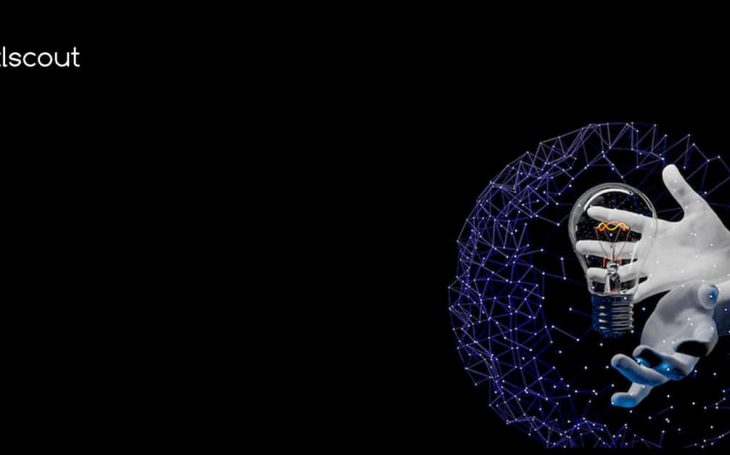
Can I patent a modification to an existing product? Can I patent a new use for an existing product? Continue reading to find out the answers! Patents give their owners the exclusive right to use their invention. Generally, patentees have monopolistic powers over their invention, which restricts others from imitating, using, or selling it without the patent holder’s consent. So, can you patent an existing product? The answer is yes. While patenting an existing product is impossible, patenting an improvement to an existing product is certainly possible. The following section discusses how to patent a non-obvious, significant improvement to an existing product.
How to Obtain a Patent for an Existing Product
Can I manufacture and sell a patented product? It is not possible to obtain a patent on an existing product because:
- The inventor has sole ownership of their invention
- An existing product is not considered a “new” or “novel” invention
In summary, if you file a patent for an existing product, the examiner will reject it for the reasons stated above. The trick is to improve an already existing product and then apply for a patent. As a result, you are the inventor of the improvement and can justifiably file for a patent.
What Types of Improvements Can Be Patented?
If you want to patent an improvement on an already existing patented product, keep the following points in mind:
- You must be the improvement’s inventor
- The improvement has to be novel or new
- The criterion of “non-obviousness” is also relevant
A product improvement can take the form of innovative features or enhanced capabilities that add value to the product. It must be designed to make the product easier to use or to reduce its cost.
Can I Manufacture and Sell a patented product?
Yes, you can even patent an already existing product on the basis of a “new use.” If you can develop a completely new and non-obvious way of using an existing product that significantly differs from its current usage, you may be able to obtain a patent.
Steps for Patenting an Existing Product
- Conduct a patent or novelty search in the United States’ database. Search the United States Patent and Trademark Office (UPSTO) for current patents that are similar to your intended invention. You can also use XLSCOUT’s AI-based patent search tool, which gives users access to more than 150 million full-text patent documents from patent authorities worldwide. What makes XLSCOUT’s Novelty Checker unique is the user’s capacity to swiftly compile relevant patent search results by examining connections between patent documents.
- Figure out which parts of your product are unrelated to the patents discovered by the above search. If your invention includes components that haven’t been disclosed in just about any existing patent, it may be patentable. You can also look at the scope of patent protection afforded to a patented product to see if your product falls within or outside of that scope. If it falls outside the scope of the protection provided, you may sell the product without any fear of infringement.
- The following and most important step is to draft the patent application. A patent application is a thorough written description of your invention. It comes with an oath attesting to the application’s compliance with existing patent rules. Because patent offices usually do not accept adding new information after the application has been submitted, it is essential to provide a complete disclosure in the application.
- Patent drawings are an important part of the patent filing process. The USPTO has established comprehensive guidelines for patent drawings that must be strictly followed. It should be noted that the drawings must be in black and white, except if they fall under exceptional rules that allow for color illustrations. To reduce the chances of the drawing being rejected, it is best to seek the advice of expert illustrators who specialize in patent drawings.
- Claims are critical to the success of an invention. It is critical to write claims that differentiate the invention and emphasize its uniqueness. The fundamentals that lie at the heart of each invention are “novel” and “non-obvious,” and claims help to bring these aspects to light. As a result, it is recommended to use specialized services for drafting in the proper manner and language.
- The final step in the filing process is the submission of all patent-related documents, such as the claims, application, and drawings. At the time of the submission, you will be charged a fee, which usually depends upon whether the claim is submitted by an individual or a company. The USPTO website accepts all submissions online.
Conclusion
The application process for an improvement is complicated and prone to rejection. Certain applications are frequently denied during the initial examination. This is because the examiner may find that some of the patent’s claims infringe on existing patents. To counter these rejections, simply distinguish the prior art identified by the examiner. The inventor can then resubmit the application for a second examination. Given the complexities of obtaining patent rights for already existing products, it is ideal to hire a patent attorney to manage all legal aspects.

